The heat of the sun, the smell of wild oleander and the sound of flamenco, is what I think of when I think of Ronda, the Spanish town built on dramatic deep gorges. Through these gorges flocks of red choughs sweep and swirl in frenzied patterns as the evening light fades. The statues of Antonio Ordonez, and his father Cayetano Ordonez, (the bullfighter depicted by Hemingway in ''The Sun Also Rises'') and the monumental full-size black bulls that dominate the town are more than a symbol of the cult of Los Toros, they are the very soul of the town.

Ronda: The Brooding Heart of Andalucia in Spain
by Maritravel
This is Heminway’s Spain, bull-fighting Spain, dark, secret Spain. Ronda is as different from the Costas as say, London is from Scotland. It's for searchers after the real Spain.
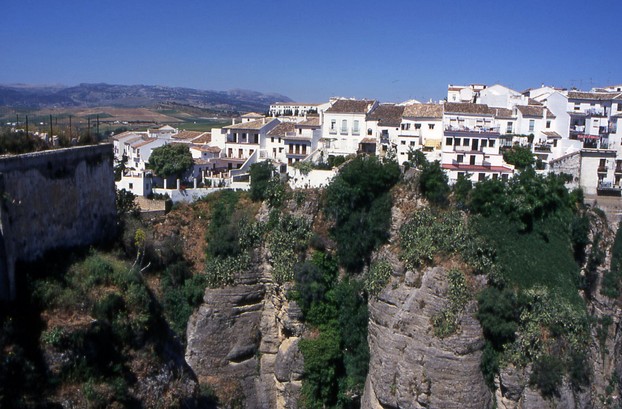 Ronda, Perhed on top of the Gorge Mari Nicholson |
Ronda, Best way to Get There
A coach trip is one way of exploring the interior but if you feel up to driving on the circuitous roads, a hire car is the better idea. That way you can stop when you see some outstandingly beautiful castle on a hilltop or a sweeping vista of vineyards, or even a field full of Toros Bravos, the fighting bulls bred in the south of Spain which will stand with lowered heads steadfasting gazing at you. If you decide on the car hire option for the drive to Ronda, I would not advise taking the car through the traffic-choked lanes of the town: better to head for the underground car park in Carrera Espinel and leave the car.
Alternatively, you could let the train take the strain, sitting back and enjoying stunning scenery from a comfortable carriage. Ronda is just 40 miles north of Marbella and the train passes several tiny villages where time seems to have stood still. The station is approximately a kilometre out of town with a constantly manned taxi rank just outside and you will pay approximately 5 Euros for the trip into town. A big bonus is that travel on Spanish railways is relatively cheap compared to what it is in the UK and the USA.
The El Tajo Gorge for which the town is justifiably famous is a favourite spot for that photo opportunity. Apart from the sheer drama of the site with its vertiginous drop to the valley floor, there are the flocks of noisy croaking birds darting in and out under the arch of New Bridge, plus the Guadalevín river 120 metres below to photograph (the bridge is not really new as it dates from 1751). Look closely at what seems like black dots on the cliff face and you will see that these 'dots' are more choughs clinging to the cliffs. You can’t fail to be impressed.
Many bird watchers visit in the colder months to see the birds that over-winter here, among them the wren, robin, Sardinian warbler, Black redstart, and the stonechat.
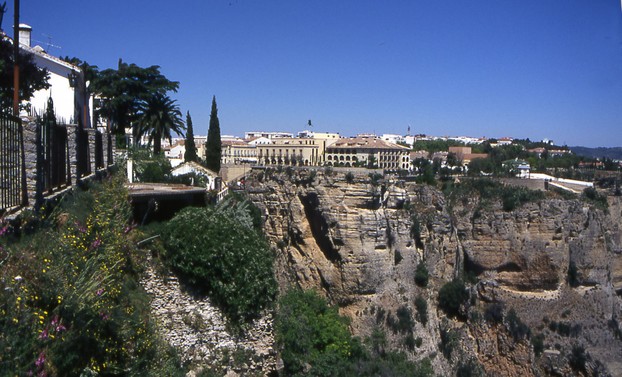 Ronda perched on top of the Gorge Mari Nicholson |
What to do in Ronda
If bull-fighting doesn’t put you off, then a visit to the bullring is interesting, especially if followed by a visit to the Museum of bullfighting. But if you’ve already visited the Bullring at Seville, then I wouldn’t bother with this one.
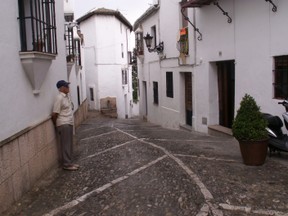
Behind the bullring is the Alameda Park, but for somewhere even quieter head for the Plaza del Campillo in the old town. From there, if you are energetic enough, you can walk down the steps to the valley floor below.
Ronda is a place in which to potter, ie wander around aimlessly. Pick up a map from the Tourist Office and just amble around the old town where you’ll find wonderful churches and historic buildings and all the picture postcard sights you could wish for. The Tourist Board will give you a list of the most important buildings so you can mark these off as you go – make sure you check on opening times.
Try if you can to spend a night in the town as this is when it comes into it own and dons its Spanish mantle. There are hotels in the town ranging from the superb Parador right by the El Tajo Gorge with magnificent views from its rooms overlooking the surrounding area, to various middle range and budget hotels. The helpful Tourist Office is situated next to the Parador so it is impossible to miss it.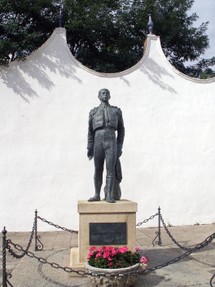
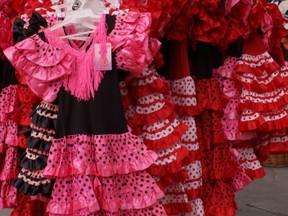
Look for the street signs for the famous people who used to come to the bullfights here, like Ernest Heminway, and Orson Welles, both of whom are honoured in the town by having streets named after them.
If you are in the market for some genuine bull-fighting gear, some rare photographs of the early days of bull-fighting, or some posters, Ronda is the place in which to buy them. There are also some excellent music shops selling authentic flamenco music with very helpful assistants, and often you’ll find a guitar player on the New Bridge selling his own work on CDs (see photograph below).
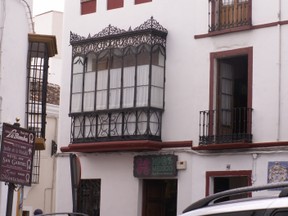
Places in which to eat and drink are plentiful, as you would imagine. One of the best I found to be the Bar-Restaurant Setenil in Calle Maria Cabrera 8, away from the main tourist area and a place that serves well-cooked, tasty food, far superior to the tourist menus in the middle of the town.
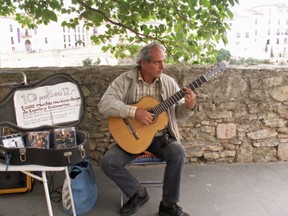
You will be drawn back to the New Bridge across the impressive gorge again and again but be careful not to lose anything to the gusts that sweep up from below.
It is said that the designer/architect of the bridge fell to his death trying to catch his hat which blew off in the wind!.
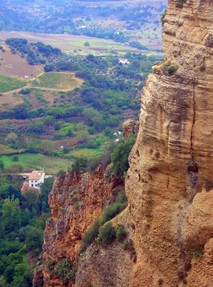
You might also like
The Beautiful Lady at the Haunted Gardens of the El Greco Hous...Women are rare in El Greco's paintings. Those who grace the Greek immigrant's...
Barcelona's Top Five Small MuseumsDiscover five smaller and lesser-known museums in Barcelona worth visiting.
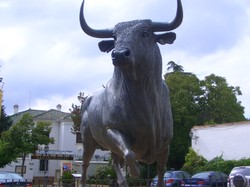

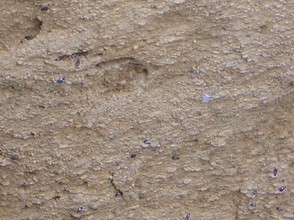
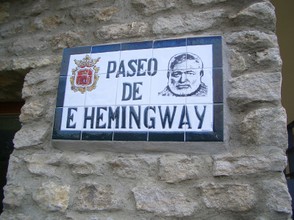

 The Alternative Picture Galleryon 04/20/2016
The Alternative Picture Galleryon 04/20/2016
 ROME - Where the Past Comes to Lifeon 03/26/2016
ROME - Where the Past Comes to Lifeon 03/26/2016
 Only in London - New Unique Guideon 01/25/2016
Only in London - New Unique Guideon 01/25/2016
 Manna, from Sicily, not from Heavenon 01/08/2016
Manna, from Sicily, not from Heavenon 01/08/2016
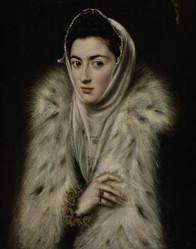
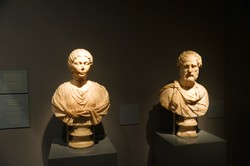
Comments
Oh what a brilliant article - I want to pack my things and go there immediately. This is definitely going on my 'To Do' list.